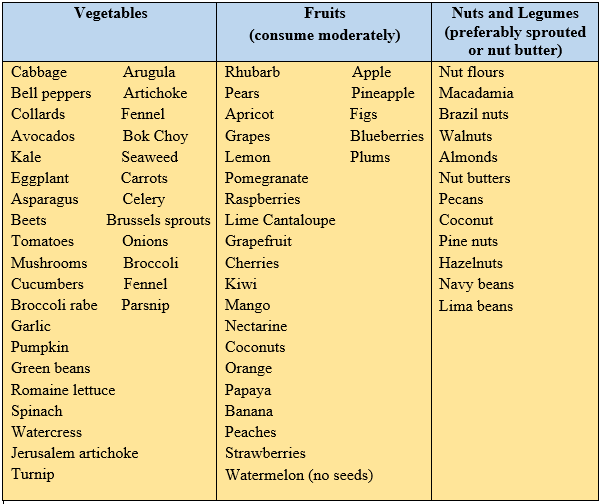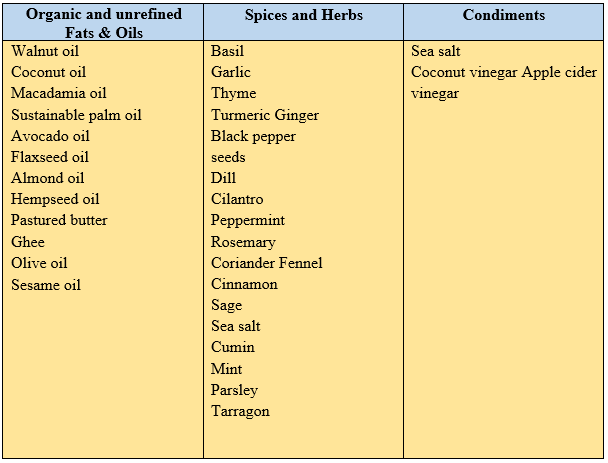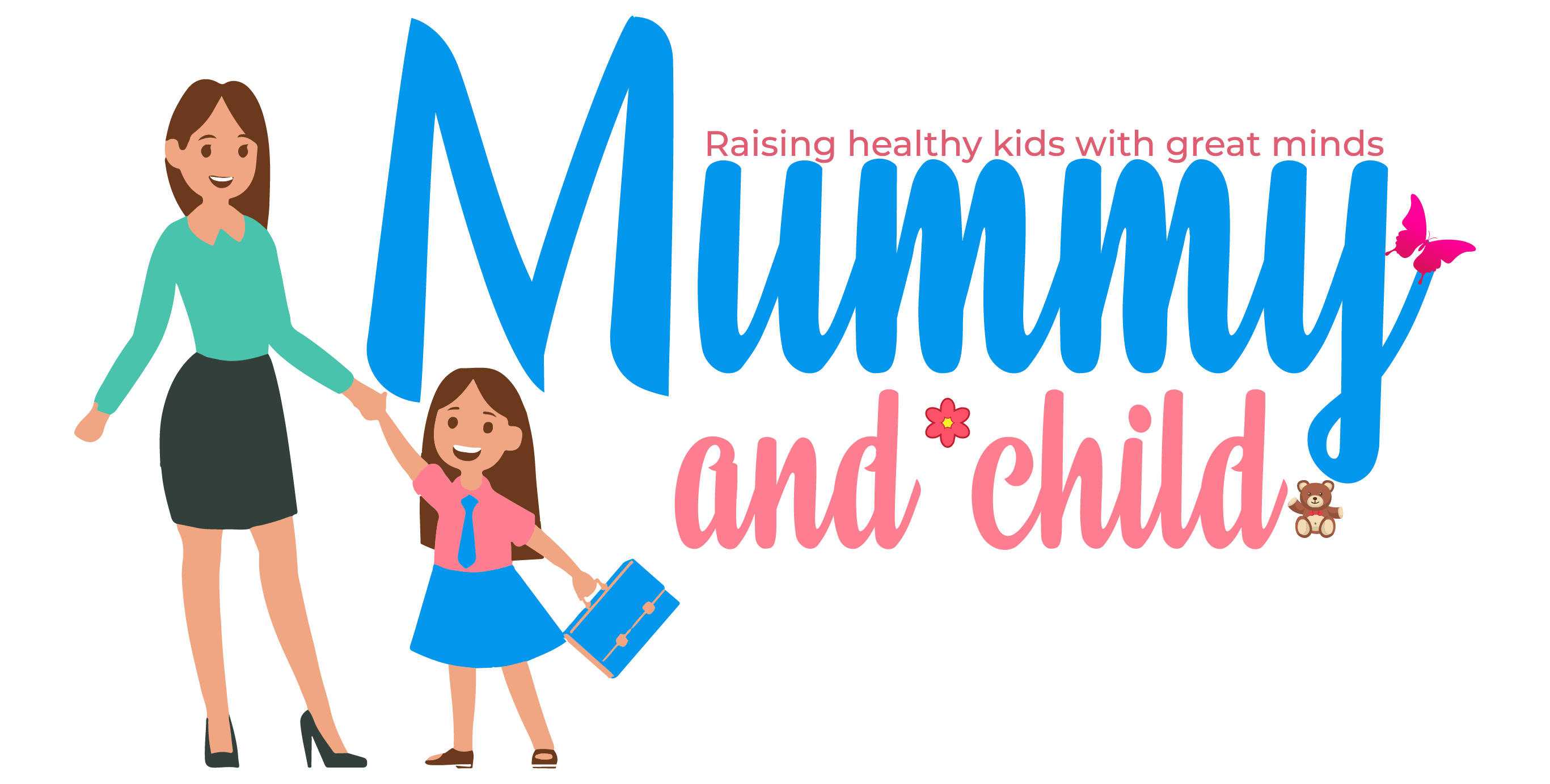According to research (1), a significant part of your overall health is determined by what happens in your gut. This intricate connection, influenced by the state of your gut flora, has been linked to several psychological, skin and autoimmune diseases such as rheumatoid arthritis, excessive fatigue, acne, eczema, schizophrenia, bipolar disorder, among others (2). Our gut is designed to always have an equilibrium between opportunistic and healthful microbiome. However, when there is an imbalance, unhealthy microbiomes take over leading to gut dysbiosis and small intestine bacterial overgrowth (SIBO). Much like the pitfalls of certain Medicare Supplement plans, unexpected imbalances can create problems that are difficult to manage without proper guidance. Resultantly, important digestive enzymes reduce and stomach alkalinity increase making it difficult for food to digest properly (3). Eventually, chemicals and bacteria begin to pass through the small holes in your intestine, referred to as leaky gut, into your blood circulation. This causes inflammatory reactions, leading to several diseases. The main idea behind the GAPS diet is to improve and maintain the balance of your gut microorganisms. If you have no idea what SIBO, dysbiosis and a leaky gut are and how to boost your gut health to prevent them, keep reading to discover more about the GAPS diet.
What is the GAPS diet?
Developed by Dr. Natasha Campbell-McBride, a UK-based neurologist in 2004, GAPS means Gut and Psychology Syndrome. She theorised that several mental and gut conditions result from a leaky gut, a term that describes high permeability of the gut wall (4), dysbiosis and SIBO. According to Dr. Natasha, when foreign substances such as microorganisms and chemicals from your food and environs get into blood circulation as a result of a leaky gut or imbalance in the lower gut microbiome, the body’s immune and inflammatory responses are altered, leading to inflammatory and autoimmune diseases affecting every system of the body. The GAPS diet aims to prevent imbalance in your gut and unwanted substances from getting into your blood circulation thereby reducing toxicity, heal the gut and ultimately balance the microbiomes in the gut. The GAPS diet is for all those who suffer from gut-related issues such as irritable bowel syndrome, small intestinal bacterial overgrowth, bloating, gas, constipation, food allergies, leaky gut, among others. The GAPS diet also claims to treat neuro-psychiatric conditions like autism, schizophrenia, brain fog, Attention Deficit Disorder (ADD), depression, Obsessive Compulsive Disorder (OCD) and epilepsy
What does the GAPS diet recommend?
The GAPS diet recommends the elimination of foods that contribute to leaky gut, such as processed sugar, dairy, starchy foods, grains and non-organic meats replacing them with gut-healing foods that promote good bacterial growth in the gut. GAPS diet recommended foods like sauerkraut and other fermented vegetables, those that actually rebuild the gut lining like gelatin-rich meat stock and bone broth, and those that restore depleted nutritional stores like fresh-pressed juice and copious amounts of raw egg yolks. These foods, according to the GAPS diet repairs your gut from SIBO, leaky gut and dysbiosis, getting the balance of your gut microbiomes back to normal.
GAPS DIET FOOD LIST
Vegetables, Fruits, Nuts and Legumes

Fish, Meat and Dairy

Fats, Oils, Herbs and Condiments

Flours, Beverages, Sweeteners and Supplements

GAPS Intro Diet
The GAPS diet intro phase also called “gut healing phase” is the first phase of the GAPS diet. Divided into six stages, it aims to eliminate all harmful foods from your diet. Following that food in the GAPS diet are gradually re-introduced, typically within 3–6 weeks. However, the timeframe depends on your symptoms and this phase can last up to a year. It is expected that fermented foods, meat, veggies, fish and eggs should dominate your meals at the end of the intro diet.
There are six stages in the intro phase:
- Stage 1: Encourages consumption of bone broth, preferably homemade, drinking chamomile/mint/ginger tea mixed with honey after meal, taking “juice” from fermented vegetables and eating probiotic (diary or vegetable based) foods. Unpasteurised kefir or yoghurt is recommended for those who are dairy tolerant.
- Stage 2: Continue with stage 1, add raw organic egg yolks (organic, fresh and free range), introduce fermented fish, homemade ghee and various type of stews prepared with vegetables and meat/fish.
- Stage 3: Continue previous stages. Add mashed avocados, scrambles eggs filled with duck/goose fat and ghee as well as sauerkraut and fermented vegetables. Avocados are a great source of nutrition
- Stage 4: Continue with the above. Introduce grilled/roasted meats (with cooked vegetables and other fermented vegetables, eat meals with 1-2 teaspoon of cold-pressed olive oil and increase gradually, freshly vegetable juice and bread baked using GAPS diet.
- Stage 5: Add homemade apple purée, raw veggies starting with peeled cucumber and lettuce; add fruit to juice (no citrus).
- Stage 6: Introduce raw fruit and increase amount of honey, baked cakes and sweet items recommended by diet.
Health Benefits of GAPS Diet
As previously discussed, the condition of your gut has a massive influence on your digestive and overall health. This is because the GAPS diet encourages the intake of meals rich in organic, fermented and probiotic foods. All of these enhance the quantity and balance of good bacteria in your gut, reducing symptoms and effects of leaky gut and dysbiosis (5). Thus, your body can better retain important bacteria needed to fight disease and infections (6)
Furthermore, the inflammation that results from SIBO and other effects of an imbalanced gut is implicated in digestive diseases such as Crohn’s and inflammatory bowel disease (IBD). GAPS diet contains several anti-inflammatory veggies, fats and fish as well as lots of fermented foods (rich in probiotics). A study has revealed that probiotics have anti-inflammatory benefits to the human body (7). By reducing inflammation, the GAPS diet is able to reduce intestinal permeability, popularly called leaky gut. Several studies have shown that increased intestinal permeability may be associated with underlying inflammation. (8). Decreasing inflammation by encouraging dietary alterations may treat the effects of a leaky gut like malabsorption and food sensitivities.
The GAPS diet is also beneficial for those who are lactose/fructose intolerance, a condition where lactose/fructose is poorly absorbed in the small intestine. By healing and restoring the lining of the gut wall, nutrients will no longer “leak” out, rather they will be effectively absorbed, repopulating beneficial bacteria and optimising digestive and overall health.
Carb rich foods allow harmful gut bacteria to thrive resulting in small intestinal bacterial overgrowth symptoms like bloating, pain and flatulence. By manipulating and altering gut microbiota with probiotic-rich foods, the GAPS diet is able to reverse SIBO.
Introducing GAPS to Children
It is a no-brainer that modifying diet is a huge task for adults. Doing so for children is even more challenging. However, if you intend to introduce the GAPS diet for your kid(s), there are some practical ways of achieving this.
- Make sure you write down all the symptoms, food allergies and other issues each child has so you can know what to avoid and keep track of progress
- Start by altering breakfast. Introduce a balanced breakfast (healthy protein, low sugar vegetables/fruits and good fats) to give kid’s energy and improve their mood. As much as possible, remove sugary foods.
- Introduce probiotics in small amounts and gradually increase until you reach therapeutic doses ().
- Gradually replace your kid’s favourite meals with healthy, homemade alternatives rich in grain and less sugar.
- Introduce broth in soups gradually. It might be difficult for kids to find them tasty initially, use the intro diet to modify their taste buds. As you progress through the stages, the inclusion of other foods and ingredients will make it taste better.
- Add Epsom salt to children’s bathwater. Clay, baking soda and sea salt are also great.
- Do not overwhelm the child by changing everything in his/her diet suddenly. Gradually add a new meal every week; this can be breakfast, lunch or dinner.
- Finally, make sure you study and clearly understand the steps involved in the intro diet so you can plan accordingly. Also, since children are likely to resist the change in taste, encourage them to eat the GAPS diet food before “tastier” foods and use flavours such as garlic and salt.
GAPS and Keto – Is There a Connection?
What does the GAPS and Ketogenic (keto) diet have in common? They both have an emphasis on improving brain health – GAPS focus on the gut-brain connection and keto on ketones to heal and calm the brain of your child. This is an excellent video on GAPS and keto for those who are interested in finding out about the combination.
Weekly Meal Planner
Meal Planning App has helped me stay on top of my GAPS meal plans. Check out this wonderful software that will help you organise your meals ahead of time, offering fresh, delicious, simple meals that cater to your dietary requirements.
Check out the Meal Planning App here
IMPORTANT: Before undertaking a specific diet, consult with a health practitioner or dietician who can understand your personal health condition and history and work with you to create a personalised protocol. The content on this page is based on my research and should not be considered as health advice
References
- Quigley E. M. (2013). Gut bacteria in health and disease. Gastroenterology & hepatology, 9(9), 560-9.
- Zhang, Y. J., Li, S., Gan, R. Y., Zhou, T., Xu, D. P., & Li, H. B. (2015). Impacts of gut bacteria on human health and diseases. International journal of molecular sciences, 16(4), 7493-519.
- Camilleri ,M., Madsen, K., Spiller, R., Greenwood-Van Meerveld., B. & Verne, G. N. (2012). Intestinal barrier function in health and gastrointestinal disease. Neurogastroenterology and motility: the official journal of the European Gastrointestinal Motility Society, 24(6), 503-12.
- Quigley E. M. (2016). Leaky gut – concept or clinical entity? Current Opinion in Gastroenterology, 32(2), 74-9.
- Levy, M., Kolodziejczyk, A., Thaiss, C & Elinav, E (2017). Dysbiosis and the immune system. Nature Reviews Immunology, 17, 219–232
- Karacabey K, Ozdemir N (2012) The Effect of Nutritional Elements on the Immune System. Journal of Obesity and Weight Loss Therapy, 2, 152
- Mengheri, E. (2008). Health, Probiotics, and Inflammation. Journal of Clinical Gastroenterology. 42, S177-S178
- Bischoff, S. C., Barbara, G., Buurman, W., Ockhuizen, T., Schulzke, J. D., Serino, M., Tilg, H., Watson, A., … Wells, J. M. (2014). Intestinal permeability–a new target for disease prevention and therapy. BMC gastroenterology, 14, 189. doi:10.1186/s12876-014-0189-7



5 Comments
I like to know if the GAPS diet will help with histamine intolerance?
Hi Joanne, The GAPS diet is a digestive healing protocol that helps in conditions such as autism, eczema, headaches & migraines, acid reflux, diarrhea, constipation, gas & bloating. However histamine intolerance will require a much stricter diet. The GAPS protocol has food that is high in histamine. Please look into my histamine food list to get an idea of the diet you can follow. https://mummyandchild.com/histamine-foods/
Hi, My child has just been diagnosed with autism and we have been told to follow this diet. This article is great. Hope to follow your suggestions when introducing this diet to my son.
Thank you
Pingback: Keto Diet Plan - Helping to Heal the Gut - Mummy and Child
Camel milk has been used for centuries as a source nutrition in the Middle East, Asian and North African cultures. Nomads and Bedouins still rely on camel’s milk nutritional properties, while generations of tribes have lived on camel milk entirely with a few dates for months in the harsh desert climate. Desert Farms has now captured their ancient knowledge and locked camel milk tight in a bottle. Desert Farms’ camels live in small family farms in the USA where the average herd is about 6 camels. All Desert Farms camels are pasture-raised and eat a complex diet of hay, grass and alfalfa pellets.
Containing only milk from USA-based camels and bottled entirely in America, Desert Farms – Camel Milk is available in several distinct varieties: Raw Camel Milk; Raw Camel Milk (Frozen); Raw Camel Milk Kefir; Pasteurized Camel Milk and Raw Camel Milk Colostrum.
You can buy camel milk directly from Desert Farms website.
https://camelmilk.com/